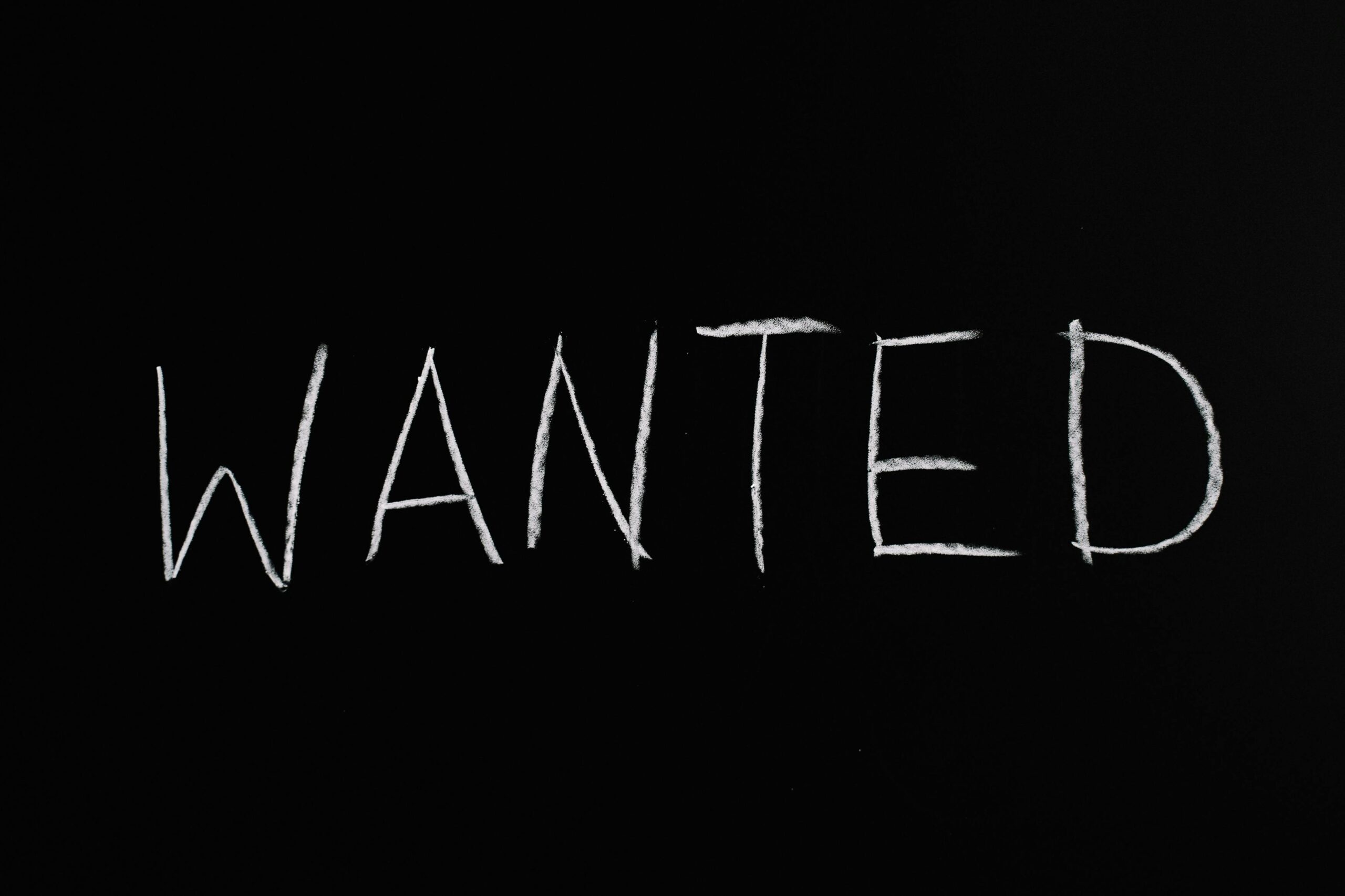Declare Your Independence Day – Information Overload Be Gone!
Feeling a bit overloaded?
It’s the new plague. And a highly contagious epidemic, from which no one is immune.
Are you showing any symptoms?
I feel like:
- I’m working all the time, but not getting that much accomplished.
- I’m working on 10 projects at once, but none get finished.
- My ‘to-do’ list never gets completed.
- I’m in meetings all day and don’t have time to work.
- I bring my laptop to meetings and pretend to take notes while surfing the web.
- I’m answering email all day and don’t have time to work.
- I answer email during conference calls and in meetings.
- I have less and less time to plan, not to mention free time.
- I have less and less time to learn, not to mention creative time.
- I can never get to things quickly enough.
- I sit down at my computer and end up doing something different than I planned.
- I am eating lunch at my desk, mired in my virtual inbox.
- I make calls while driving, and even send the occasional text, even though I know I shouldn’t.
Informationoverloaditis.
If you checked off three or more, you’ve got the disease. 8 or more and we need to rush you to an unplugged vacation. All of the above and you need a sabbatical!
Details


 Once upon a time I let folks know I’d “finagled” a discount for them. After one reader told me the word “finagle” means “to obtain something by devious or dishonest means,” I sent an apologetic “Ruh Roh” email. I received a lot of forgiving (thank you!) feedback. Many kindly supported my initial use of the word “finagle.”
Once upon a time I let folks know I’d “finagled” a discount for them. After one reader told me the word “finagle” means “to obtain something by devious or dishonest means,” I sent an apologetic “Ruh Roh” email. I received a lot of forgiving (thank you!) feedback. Many kindly supported my initial use of the word “finagle.”




 Not every problem needs to be addressed immediately. Some will work themselves out.
Not every problem needs to be addressed immediately. Some will work themselves out.
 In my last article I talked about
In my last article I talked about 

 This week the groundhog told us it’s going to be an early spring!
This week the groundhog told us it’s going to be an early spring!